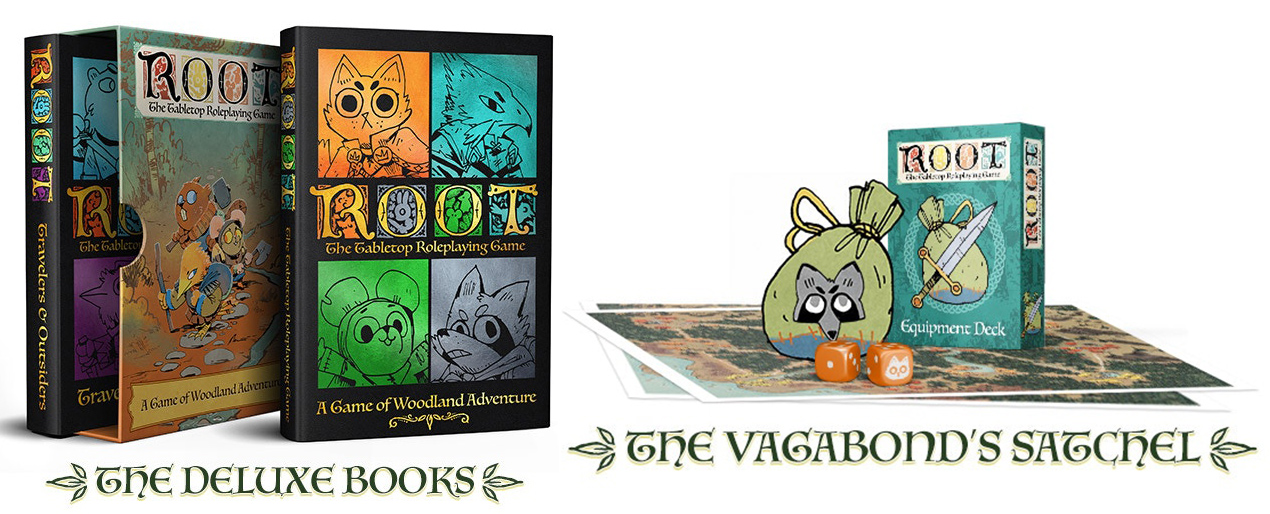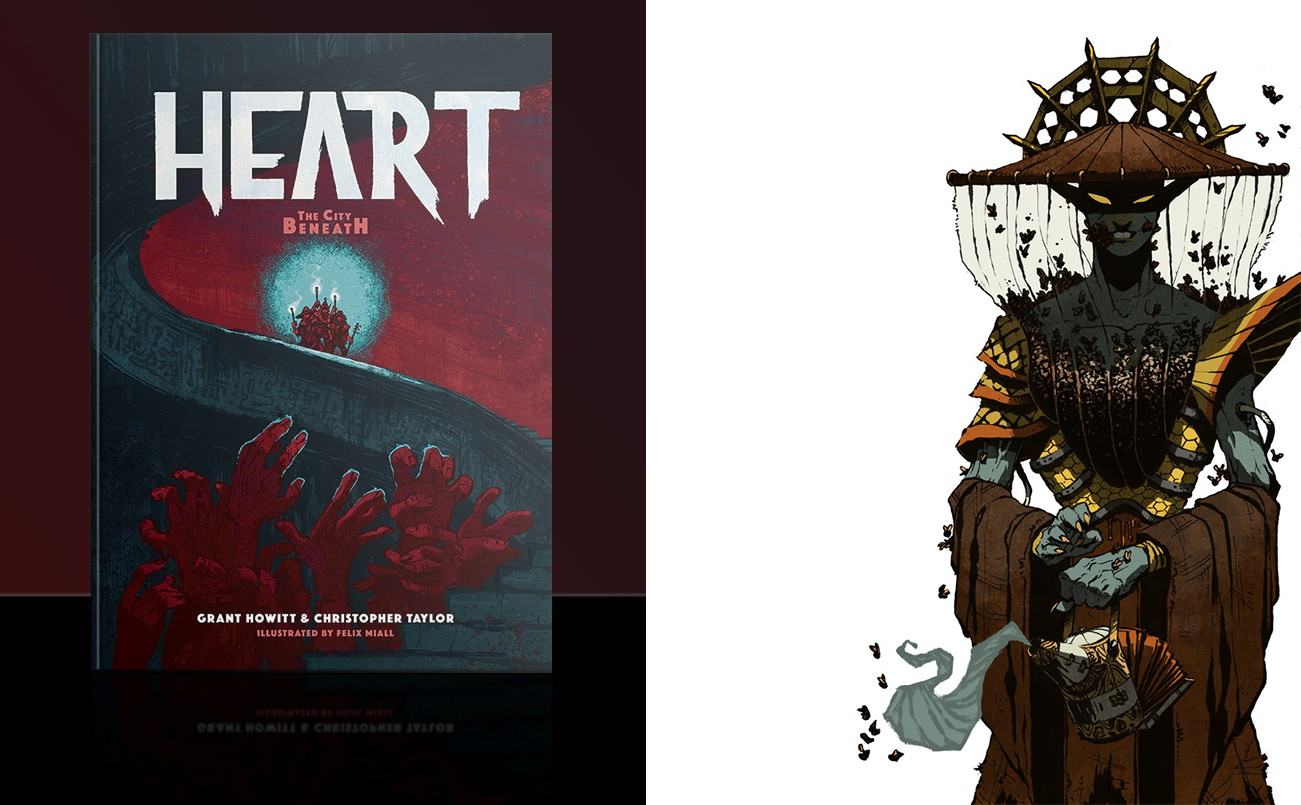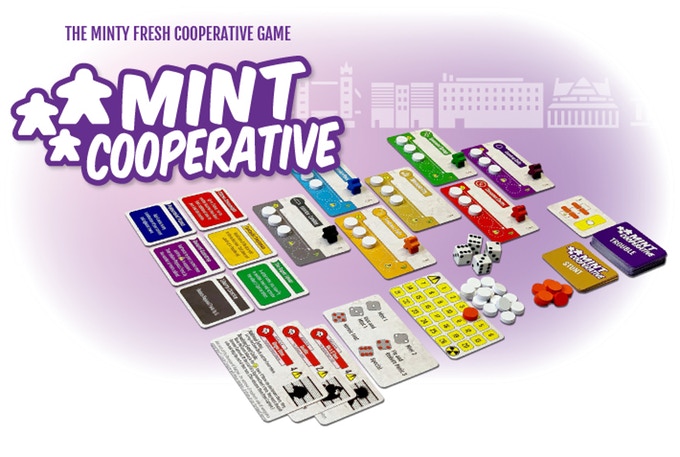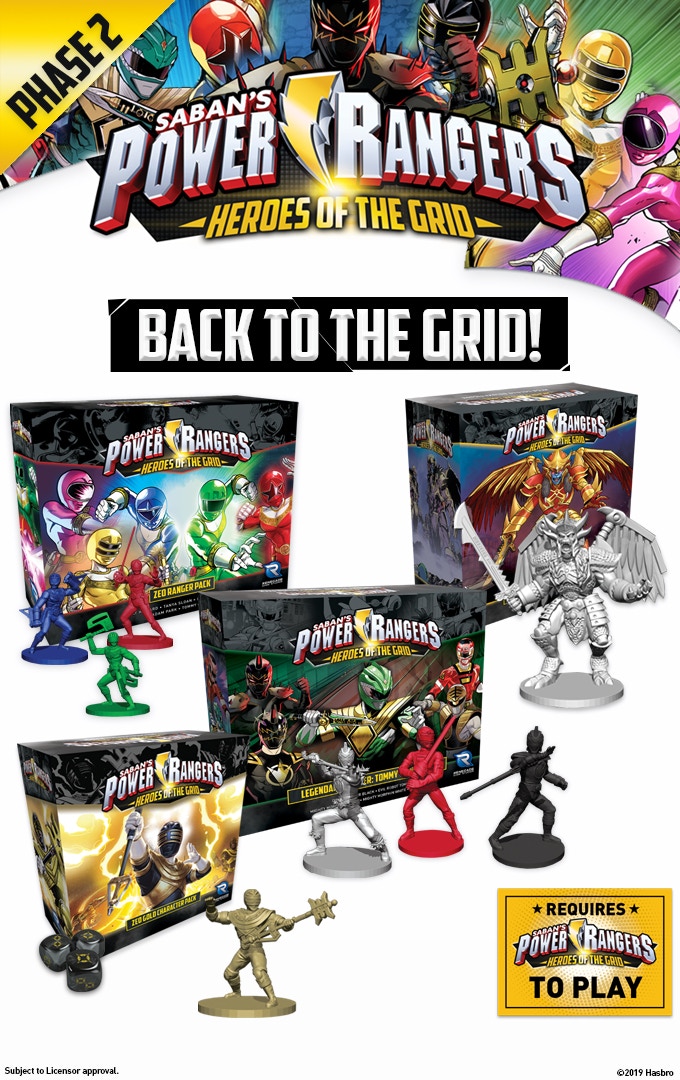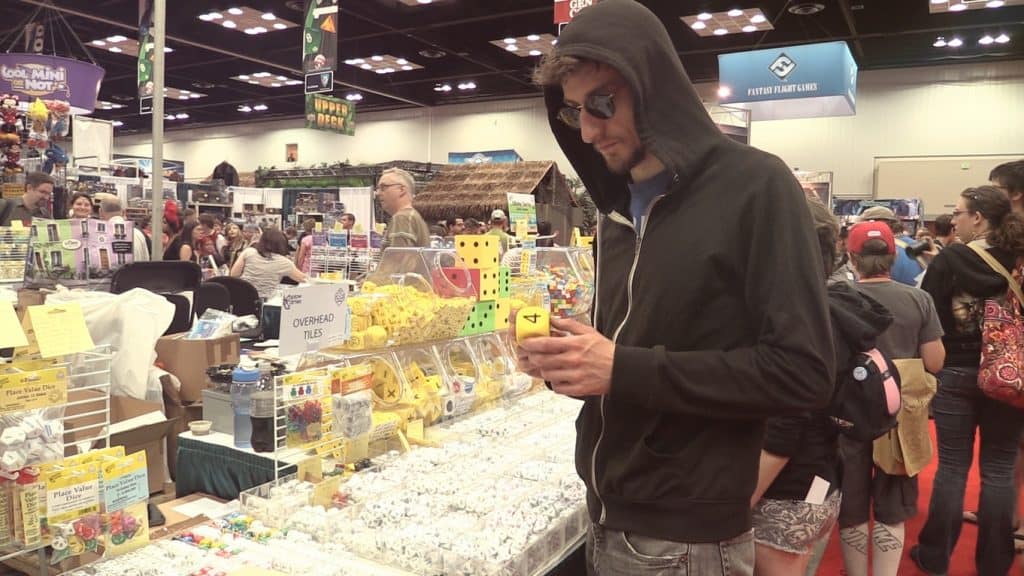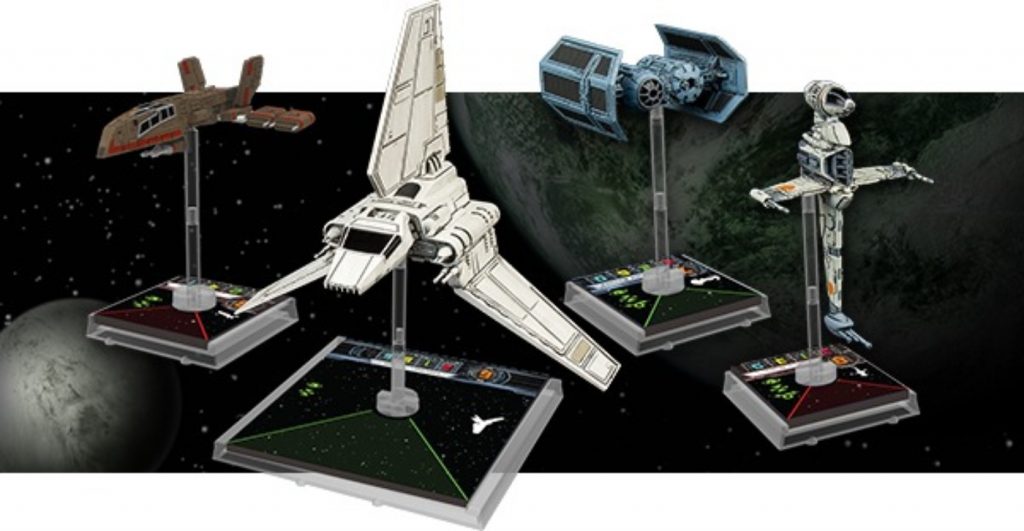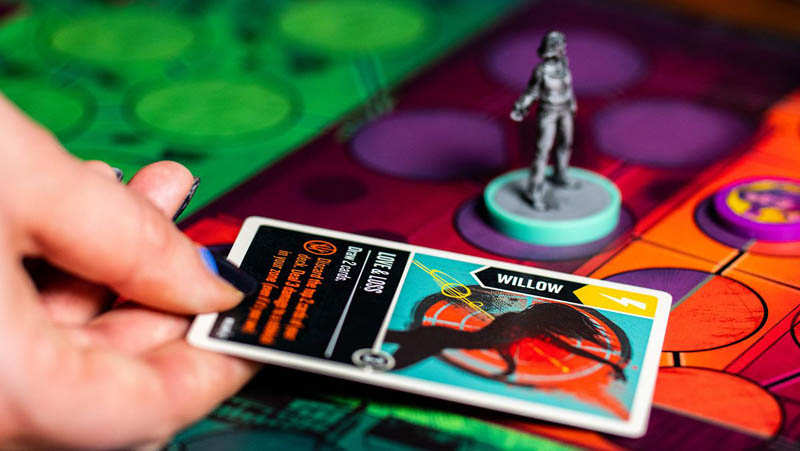Ava: Welcome to the news, my greedy little fact-hounds. You’ve arrived to find me waist deep in an ethical quagmire. My news-galoshes are brimming with nuanced political mithering. How troubling.
Last week we reported on the alleged union-busting of Kickstarter, and stood in solidarity with the unionised workers. Obviously we still do. But this week sees the biggest glut of exciting-looking kickstarters I’ve seen in months, and it feels cruel to punish the creators of those projects for picking the platform as this skulduggery emerges.
Former Kickstarter worker Clarissa Redwine had a strong twitter thread about the escalation of the fired workers resistance into a federal complaint, and has highlighted that they aren’t asking creators to boycott, and so it follows they aren’t asking potential backers to snub those creators (or asking media folk to steer folk away).
We’ll keep on monitoring the situation, and if you do back any of these tasty looking projects, you may want to think about how you can communicate to Kickstarter your feelings on the situation, and your solidarity with the workers.
With those caveats thoroughly emptored, it’s my first duty it to jump on the hottest board game inspired story machine of the season: Root The Tabletop Role-playing Game.
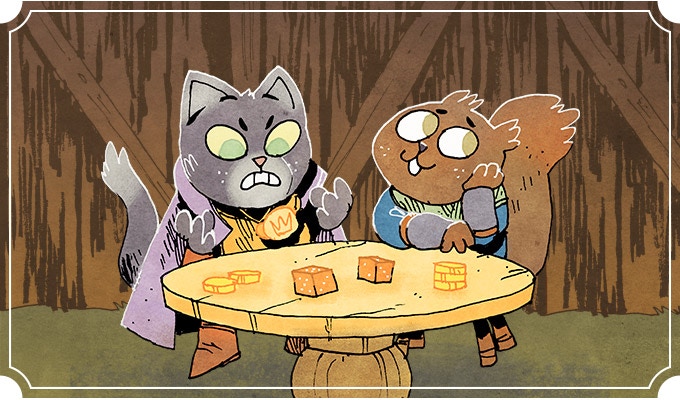
Root’s cuddly class war was one of the most hyped and broadly adored games of 2018. An asymmetrical woodland wargame featuring stick-in-the mud dynasties, industrialist cats, and an insurgent alliance of militant muppet miscreants. The politically convoluted forest was all brought to life by Kyle Ferrin’s adorable illustrations. Those illustrations are also the star of a role-playing system that will have players as roguish vagabonds, travelling from clearing to clearing, interfering with and getting caught up in the schemes and dreams of the board game’s slowly unfolding war. It feels like a well chosen perspective on the setting, and there are promising promises of a political sandbox type system for a GM to pull you through.
Perusing the Kickstarter forces me to admit I’ve no idea how to tell if something like this is going to hit the mark or not. Role-playing systems are fiddly beasts, and it’s very hard to get the correct blurring of system and background. Don’t forget about those caveats before you wind up waist deep in fancy bindings and optional bonus bits. The lack of solidarity isn’t the only reason we warn people to be wary of Kickstarter!
It’s another role-playing game! Oh no! I’ve been left on my own too long!
Grant Howitt and Christopher Taylor’s Heart, pulls off the trick of sounding a bit like a traditional dungeon crawler, but absolutely nothing like any dungeon ever previously imagined.
Heart’s beating heart is a variation on the ‘resistance’ system that powered Spire. Heart takes its players underneath that monstrous tower and into a byzantine amorphous underworld populated by impossibly imaginative terrors and weirdnesses. Beautifully illustrated by Felix Miall, you’ll enter a world of junk mages, vermissian knights and, and I cannot stress this enough, something called deep apiarists. Your characters could end up fighting mirror spiders, an intergenerational dance virus, mad trees, knife cults, carnivorous pubs and owl hives.
Honestly, the lore here is so sodden with ideas that I feel like if I could keep a tenth of this world in my head for long enough to run a game, it might just be the most thrilling thing I ever did. On the other hand, I might never be able to sleep again, so it’s a bit swings and roundabouts.
Mint Co-operative is the latest in a series of games about mints in little metal tins. It follows the tiny footsteps of Mint Works and Mint Delivery (a worker placement and pick up and deliver game, respectively).
The latest iteration is co-op game in which, and I cannot believe I am writing this, you attempt to save the suburbs of Mintopia from the threat of gingivitis. You’ll be saving the city from being overrun by bad breath, using only a tinful of not actually mints and cardboard.
This series baffles me slightly. I ended up buying the first two during the second Kickstarter, utterly enthralled by the cheapness, compactness and tidiness of the designs. It’s a cute bargain, what’s not to like? But despite reports they are sharp, simple but strong distillations of the genres they spring from, they gather dust on my shelves. I can’t find the motivation to learn or teach them. Beyond the size, I can’t see the hook, the story I’d tell someone to encourage them to play, and that’s so important to me.
Perhaps the absurdity of the us versus halitosis narrative will nudge me over the edge on this one, but even after hearing the phrase ‘periodontal peril’ it never quite got me from a chuckle to an actual laugh.
Matt and Quinns got very excited a few podcasts back about Power Rangers: Heroes of the Grid. A sharp little co-operative card combo beast battler, that might be more ‘how you remember something from your childhood’ than ‘how something from your childhood would look if you watched it now’.
The game is already back on Kickstarter with a new season’s worth of expansions and Zeo-faffery. A slightly different generation of high-kicking brightly coloured heroes will add new a range decks to play with, alongside some extra evil nasties to fight. In a game of unique decks and interlocking powers, that’s a lot of possibility to bring to the table
I honestly can’t make head nor tail of what you actually get when you back this project, but my word there’s a lot of it. It also appears to cost a tremendous amount of money, so there’s some big question marks for anyone not readily able to drop a few hundreds of dollars down a garish nostalgia hole.
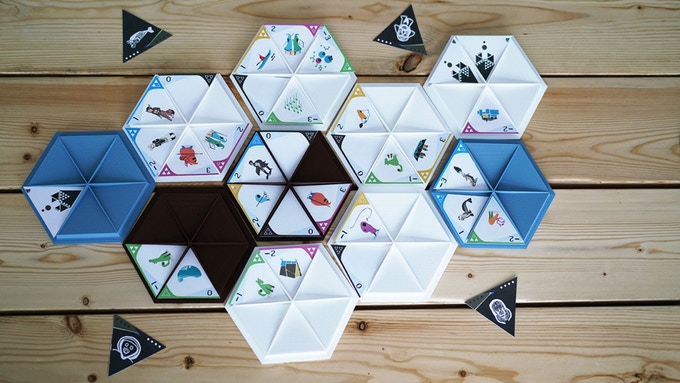
And here’s the real reason I couldn’t bring myself to ignore Kickstarter this week. While I’m furious at the possibility of union busting behind the scenes, I’ve always believed there’s so much merit in a system that can bring marginalised voices to wider audiences.
Nunami, made by Inuit designer Thomassie Mangiok (no relation to recently-reviewed card game Inuit: The Snow Folk), is a game about human roles in ecological systems, and exactly the sort of thing that I find most valuable and exciting on the platform. Representing an Arctic environment slowly filling with a shifting landscape of animal life and humanity, the game looks like a pleasing little abstract aiming to present a unique perspective on the world. An unusual modular set up should guarantee some variety, and I’m really charmed by just about everything happening here. Lovely!

Finally this week, we turn away from Kickstarter look at the other ‘biggest website in the industry’, Boardgamegeek, with a lovely visualisation of how their top 100 has changed in the last year. I love pretty intersecting lines, and it’s curious to see how quickly or slowly things have moved around the rankings. It’s a lovely snapshot of the ever shifting hype patterns from the slice of the board game community BGG rankings represent. Thanks Peter Jezik for making a pretty and intriguing thing (and also, I’m really sorry that my first question is ‘can you do it again for the last decade please?’)

